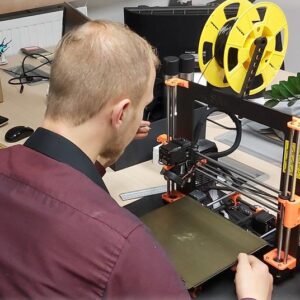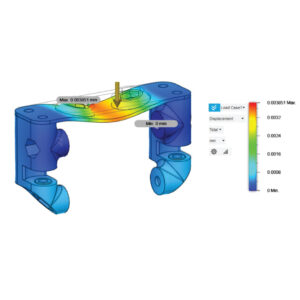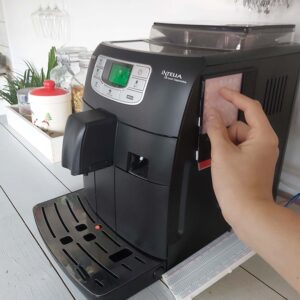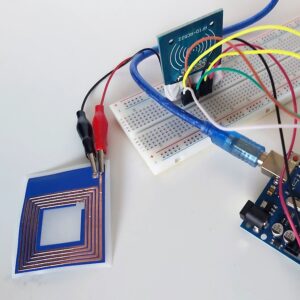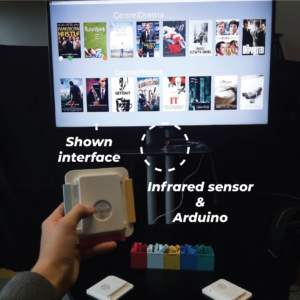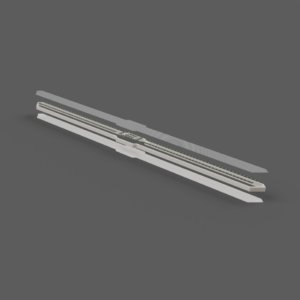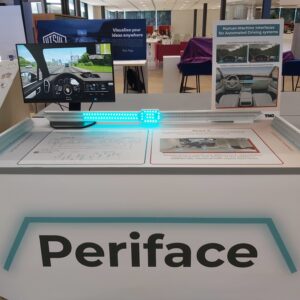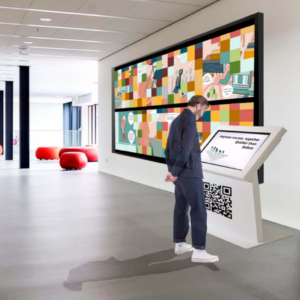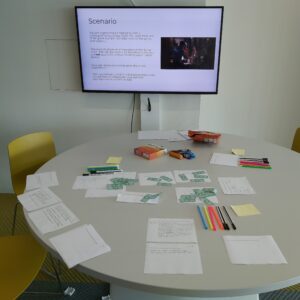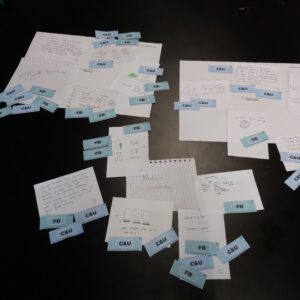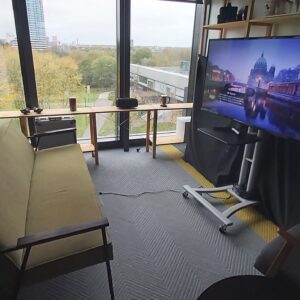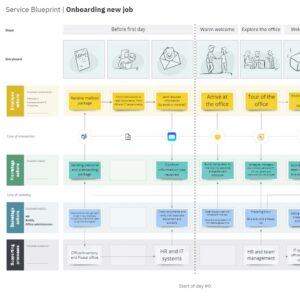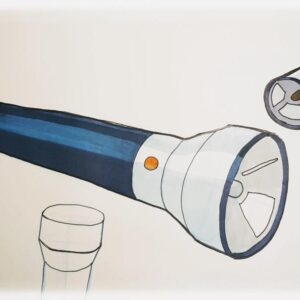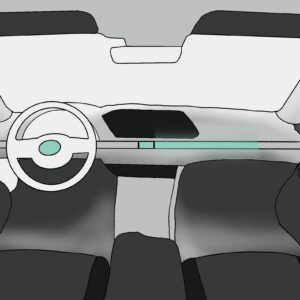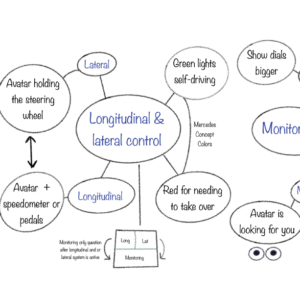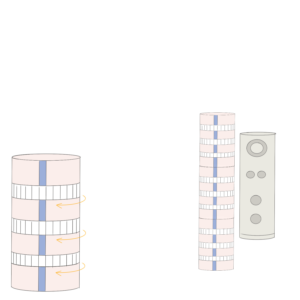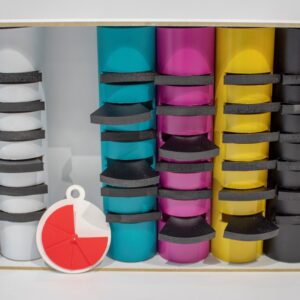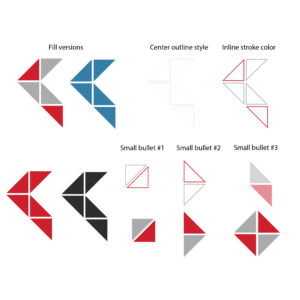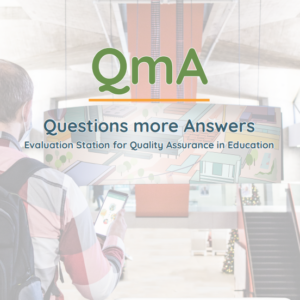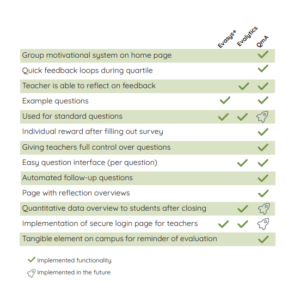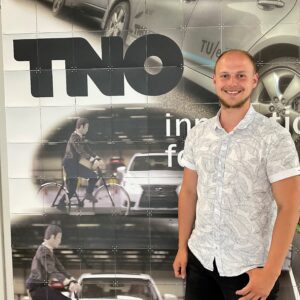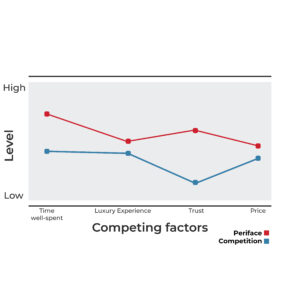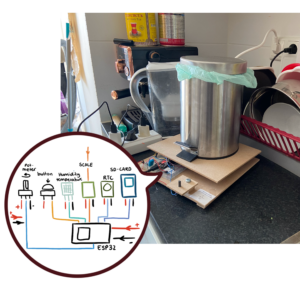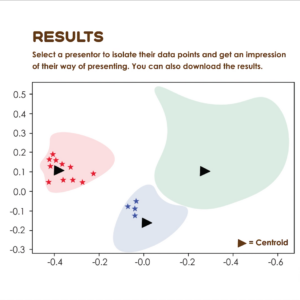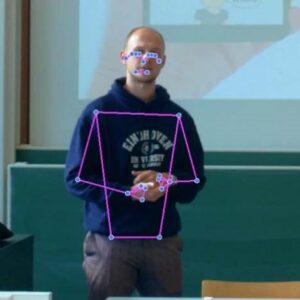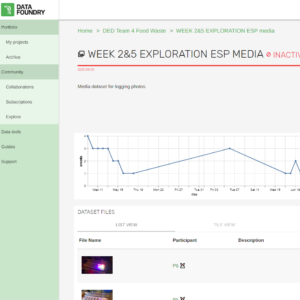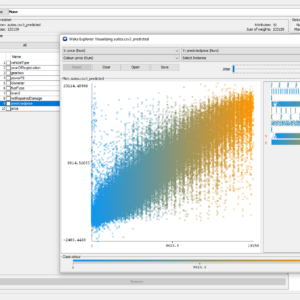Competency Development
Enabling me To bring my Identity and Vision to life
My and Identity and Vision on minimal and natural interactions are well-visible throughout many of my projects, such as Periface, Sharemote, or CommDisk.
To be able to bring change to the world, I have developed the competency profile of a research-driven designer. This means designing with a strong basis in existing knowledge and applying design as a tool for generating new knowledge using a mixed-method approach. Though my two core areas of expertise are Technology & Realization, and User & Society, I have also developed my other areas towards the same competency profile. Below, I will shortly explain my development for the expertise areas.
Technology and Realization
Technology and Realization is an expertise area about making the technical part of your design into a product, such as rapid prototyping, using technological hardware, and writing code.
For Technology and Realization, I am able to freely apply new technology to create novel user interfaces to research, as based on my Vision. Examples of these are building self-cut capacitive touchpads with Arduino, the design of functional multi-remote systems coupled to a Processing interface, and creating multi-input systems such as using both a tangible internet-connected interface together with a coupled chatbot.
Additionally, I have built a vast skillset of digital and physical prototyping methods. I learned to create digital prototypes using Adobe XD and Figma. Next to that, I can communicate digitally using models and renders created in Fusion 360, on which I can also do force calculations. Realization of these models I often do by using my own 3D printer, laser cutting, and my skills in woodworking and painting.
User and Society
The area User and Society is about being open to different societal, historical, and cultural contexts for your product and about researching in an ethical, moral, and respectful manner. This area is interwoven closely with all other areas since users (with limited exceptions) stand central in the design processes.
For User and Society, I learned to apply multiple perspectives within a design process for new insights. Additionally, I learned design Theories and Frameworks for Designing for Behaviour Change. I learned the meaning and definitions of User Experience and applied this knowledge in practice. I learned to take into account User Experience by designing Explainable AI. To develop myself for research, I read the Handbook of Usability Testing and Research Methods in Human-Computer Interactions (my learnings). I applied multiple methods such as Co-Constructing Stories, focus groups, and interviews. I feel that the societal view often is forgotten, to apply this view too, I used the Design Methods for Cross-Cultural Collaborative Design Project and Value Sensitive Design for Stakeholders. Additionally, I applied community-building methods for my project on improving course evaluation.
Creativity and Aesthetics
Creativity and Aesthetics is about coming up with creative ideas and striving for good materialistic quality. Aesthetics communicate interaction possibilities, which is why this area is important for me as a designer of interactive technologies. Creativity is about the generation of ideas, often in an iterative approach using different techniques.
As a designer, I feel that it is highly important to express yourself properly. Next to physical sketching, I also learned to sketch using a drawing tablet in SketchBook and sketching on an iPad using ProCreate. I learned to develop my own aesthetical language by collaging design within my style. I learned how aesthetics influence interaction, and applied these learnings for designing tangible interactions.
Though growth in creativity is harder to motivate, I did reach significant growth in this area. Using principles such as design thinking, and interaction relabeling. I learned I work well applying brainstorming principles to focus groups for diverse inspiration and starting early with low-fi iterations to spark deeper thoughts and creativity. I learned to use existing datasets and Machine Learning capabilities as input for ideation, giving me a new view of data as a material to design with.
Business and Entrepreneurship
Business and Entrepreneurship is about creating new value, checking the customer fit, trends, and understanding stakeholders.
Throughout my bachelor’s I learned a lot about Business design, following a special USE line on this subject, including market statistics and running a simulated company. Additionally, conducting my internship at a design studio, taught me about their business operations. During my Master’s I further developed my knowledge in this field, but closely related to my competency profile, such as involving industry experts for evaluation for the Sharemote and Periface. Additionally, while conducting my project with TNO, I reflected on their business structure and better understand the differences compared to university research and their funding. Still, during my Final Master’s Project, I applied business tools for Minimum Viable Product Testing, and Blue Ocean differentiation to create a company moat advantage and value laddering for both the producer and the user. Working on an extra-curricular project for the TU/e, I applied value proposition writing, stakeholder overviews, product comparisons and corporate politics first-hand, contributing to my Business and Entrepreneurship.
Math, Data and Computing
Math, Data and Computing is an expertise area about working with data and using computing for design. It focuses on using data collected by/for your designs, linking with Technology and Realization. Additionally, it can be about the usage of existing data and algorithms for the creation of new designs, creating a close link to Creativity and Aesthetics.
My Math Data and Computing improved enormously during my Master’s, making this an additional area of great expertise enanbling me in the development of novel data systems and research. I learned to apply algorithms and design with data as a basis in the course Designing with Advanced AI (in Weka) and Embodying Intelligent Behaviour in a Societal Context (in Python).
When it comes to processing testing data, I have also learned many new skills, such as using SPSS for variable computing and statistical testing (next to Python). Additionally, I learned to use MAXQDA for qualitative content analysis. I learned novel collection strategies, such as real-time data collection and processing using an ESP32 connected to DataFoundry. For my extra-curricular project on Quality Assurance, I contributed to the design of a working database allowing for student and teacher input, connected to a chatbot.

Design, Research Processes, and Scientific and Professional Skills
Design & Research Processes are about steering your design and research in a clear, structured, and autonomous manner. Scientific and Professional skills are academic writing, critical thinking, work ethics, management, and presenting.
I learned to have more control over the design process and experimented with different design processes. I currently have experience using a data-enabled process, a triple triangle process, and the Framework for Innovation. With increasing control over the design process, I rely less on existing processes and combine processes.
The Master’s has also been great for improving my research skills. I now better understand what variables to measure, counterbalance and control, what sample sizes could be adequate for studies, and how to structure research. I learned to write study guides for this purpose, and have increased knowledge of the available qualitative and quantitative research methods. Additionally, I learned to use Overleaf for scientific writing collaborations. I consider my education something which should be done professionally, and further improved my demonstration, presentation, and writing skills for coherent communication, leading for instance to a coherent language between presentations, documents, and LinkedIn.
Extracurricular activities:
I have first-authored three papers, on an Automotive eHMI, an affective interface for office scenarios, and collaborative tangible movie selection (additionally, also one co-authored paper). Collaborating on these publications taught me a lot about the actual work of researchers, the peer-review process, and conference attendance.
For the faculty of Industrial Design, I have further realized a concept on improving quality assurance, where we collaborating with TU/e staff. Next to that, I have also been the responsible student for maintaining the System Change Social Media.
To demonstrate a few of my projects, and to be able to sort them based on the Expertise Area application, the gallery below can be used where I linked to the relevant literature for more details.
Portfolio By Rutger Verstegen | 2023
